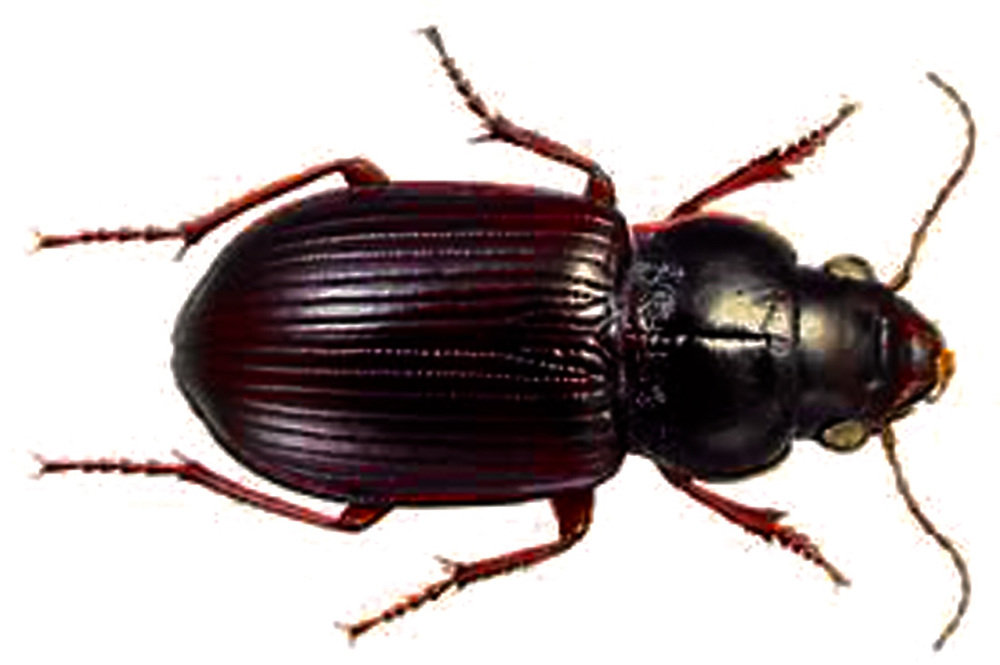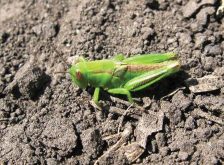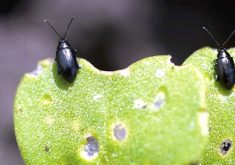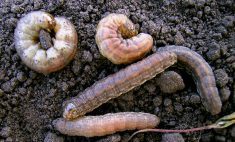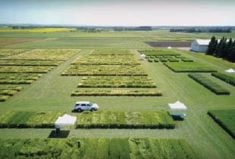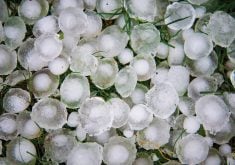If you’ve seen large numbers of beetles this spring, researcher Kevin Floate would like to hear from you.
One such report has been received from a location north of Edmonton, and more are likely.
This outbreak is similar to one in 2010 when large numbers of ground beetles were reported in several locations in the province, said Floate, a research scientist with Agriculture and Agri-Food Canada in Lethbridge.
Researchers concluded that unusually cool summer temperatures along with the late harvest in 2009 — also delayed by snow — likely left an abundance of canola seed on the soil. That abundant food supply allowed a larger-than-normal number of adults to survive and emerge in the spring of 2010. Those beetles then moved into surrounding fields in search of food. They found that the beetles’ numbers returned to normal levels in 2011.
Read Also

Farming Smarter receives financial boost from Alberta government for potato research
Farming Smarter near Lethbridge got a boost to its research equipment, thanks to the Alberta government’s increase in funding for research associations.
“Given the large numbers of unharvested acres of canola last fall, I thought conditions might be ripe for such outbreaks this spring,” said Floate.
These beetles are not pest insects but rather beneficials, and farmers should not spray them, he said.
Adults feed on the seeds of weeds and other plants lying on the ground, and their larvae eat other insects including pest species. Eggs laid in the soil over the next few weeks will produce more adults later this summer and possibly more reports of outbreaks.
The beetles are black and six to nine millimetres in length.
Floate is looking for a few dozen beetles per location to determine species composition as well as the estimated number of acres affected, the cropping history of the field (going back at least two years), and an estimate of beetle numbers (such as high-resolution photos or a guesstimate of the number in a square metre). Floate can be reached at [email protected].

